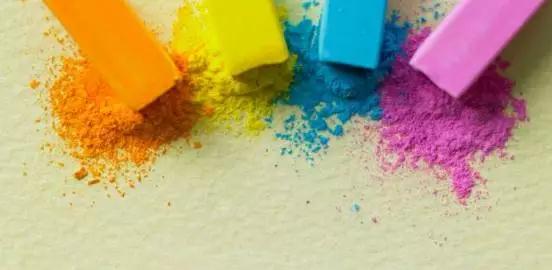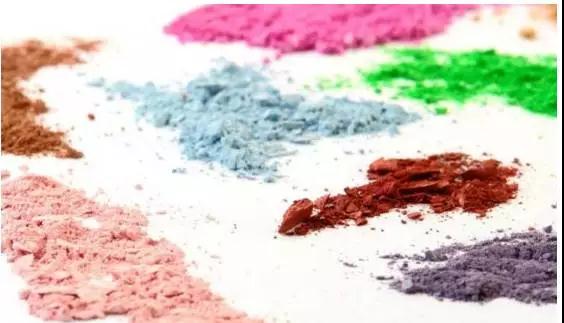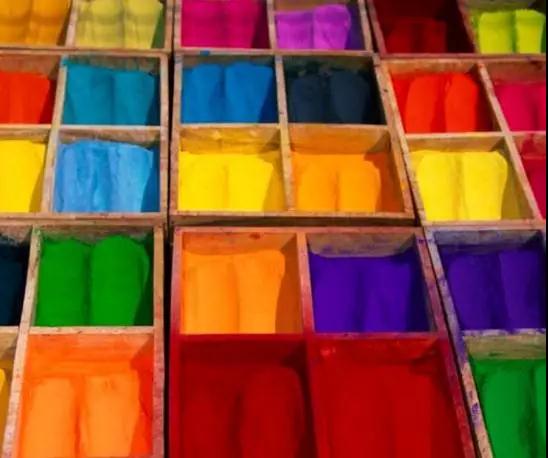Generally, the powder coating workpiece needs to go through the following process, after degreasing, derusting, degreasing, water washing, phosphating, water washing, (passivation), deionized water washing, drying; in which rust removal during surface treatment Impurities such as phosphating residues may adhere to the workpiece, resulting in the presence of particles after film formation.
So how can we alleviate this phenomenon?

1
Painting work environment:
A neat production environment has a good effect on product quality. By isolating the spray booth from the production floor, this will effectively reduce surface coating particles and impurities.
1. The environment around the production workshop must be clean and clean, and remove mud and sand debris;
2. Shop doors and windows should be opened as little as possible, and an exhaust fan can be installed to solve the ventilation problem;
3. Personnel entering the workshop should be replaced with overalls and shoes;
4. Do a good job in the health work in the workshop;
5. Always wipe the production equipment with a semi-wet cloth or use a vacuum cleaner to remove dust from all parts of the workshop.
6. The oil in the oil sump on the painting line is combined with the dust in the air, and particles are formed on the workpiece by vibration and other factors. Regular cleaning of the oil sump and other places where it is easy to collect dirt is an effective means to reduce particle generation. One.

2
Coating thickness control:
Appropriate increase of the thickness of the coating film can effectively reduce the formation of particles, and the coating film should not be too thick. Generally, the thickness is too thick to affect the size of the workpiece to be coated, and the properties such as impact, flexibility, adhesion, etc. are reduced, and the thickness of the coating film is generally Control is normal at 60-80um.
For coating companies, the thickness of the film can be controlled in the following ways:
a: the number and arrangement of the spray guns in the powder room;
b: powder output and air pressure of the spray gun (powder, atomization, fluidization parameters);
c: the running speed of the conveyor chain, ie the chain speed;
d: The suspension method and arrangement of the coated workpiece.

3
Treatment of recycled powder:
If the recycled powder is not sieved or the mesh size is too small, some non-melting particles (including spreaders, foreign matter, etc.) will become particles of the coating film.
For most coating companies, recycled powder generally has the following treatments:
a. In the automatic powder coating system for conveyor belt recovery, the sprayed powder is automatically recovered and sieved, and then mixed with the new powder coating to continue to be supplied to the powder spray gun. The quality of the recovered powder is relatively stable and is not easy to produce particles;
b. In the two-stage recovery system of the cyclone separator and the bag filter, the powder recovered by the first stage of the cyclone separator has little effect on the coating and is not easy to produce particles when it is sifted through the vibrating screen and circulated with the powder supply system;
c. For the powder recovered by the hand-painted coating recycling system, dust and impurities in the environment are easily brought into the recycled powder, and after the recovery, it must pass through a vibrating sieve of 150 mesh or more.

In the above three commonly used recycling systems, due to environmental influences and the influence of attachments on the hanging chain, it is easy to bring in some impurities, especially solid small particles, in the recycled powder, which is easy to accumulate in the powder supply bucket. A considerable part of them are solidified powder particles falling from hanging chains or spreaders. For high-demand and high-end products, the recycled powder must be sieved and then used according to a certain ratio.
Both powder coating companies and powder manufacturers are eager to have an effective way to control the appearance of powder particles. Because once the surface of the painted surface is obvious after painting, the material and human waste that is bound to be caused is very huge. Therefore, the correct treatment of the particle problem seems to have very practical application value.




